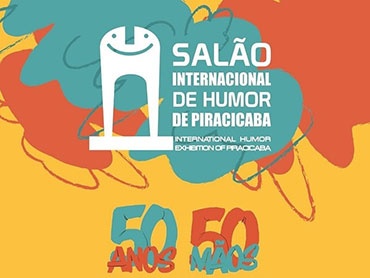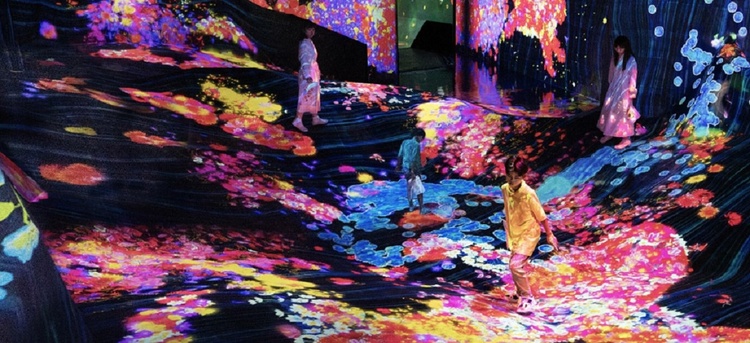
Digitization of Art and Its Cultural Effects
The digitization of art has profoundly transformed the way culture is produced, distributed, and consumed. With the advent of new technologies, artistic creation has expanded beyond traditional media, allowing artists to explore digital, interactive, and virtual formats. This phenomenon has democratized access to art, making it easier for people around the world to view works through online platforms and virtual museums.
One of the main cultural effects of this transformation is the elimination of geographical barriers. Previously, to appreciate a painting in a European museum, it was necessary to travel to the location; today, a click is all it takes to view it in high resolution. This not only expands access to artistic knowledge but also fosters a global dialogue around culture.
However, digitization poses certain challenges. The value of the original work versus the digital copy, authenticity in virtual environments, and the potential loss of the sensory experience of physically being in front of a work are all issues under debate. Likewise, artists must adapt to a new digital market in which NFTs, streaming platforms, and social media play a central role.
In cultural terms, digitalization is driving a reinterpretation of art. New generations interact with it in more immediate and participatory ways, often merging art with entertainment, design, and digital communication. This change does not mean the disappearance of traditional art, but rather its coexistence with new forms of expression that enrich the cultural landscape.
Ultimately, the digitalization of art has opened up immense opportunities for cultural dissemination, innovation, and intercultural dialogue, although it also demands critical reflections on value, authenticity, and the artistic experience in the digital age.
Latamarte
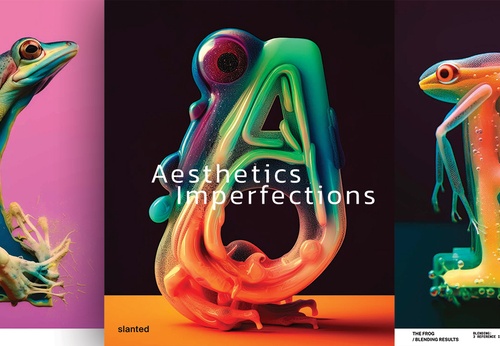
- November 25, 2025
Aesthetics Imperfections | Slanted Publishers
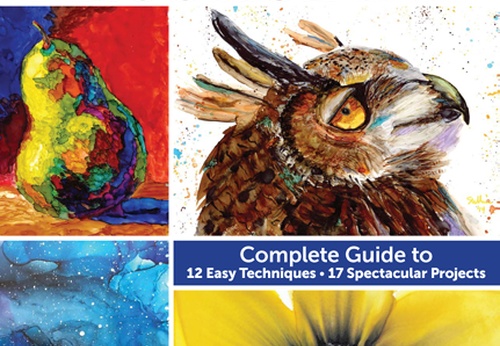
- November 25, 2025
Creating Art with Alcohol Ink

- November 25, 2025
Graffiti as a tool for social activism in Latin America

- November 25, 2025
Street art en São Paulo, Bogotá y Ciudad de México
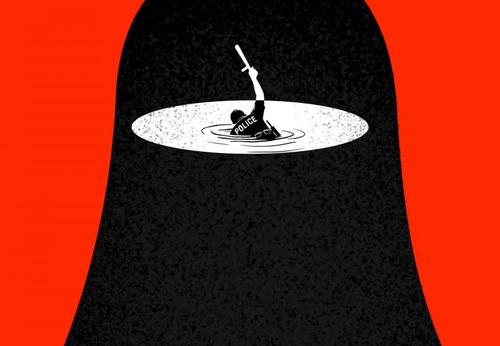

- November 25, 2025
Marcelo Valle - Brazil

- November 24, 2025
Slanted Yearbook of Lettering: No. 2

- November 24, 2025
Make love not war


- November 25, 2025
Graffiti as a tool for social activism …

- November 25, 2025
Street art en São Paulo, Bogotá y Ciuda…

- November 23, 2025
Contemporary Sculpture in South America

- November 22, 2025
Graffiti as a Tool for Social Activism …

- November 22, 2025
Latin American Urban Artists Who Are Se…

- November 20, 2025
The Evolution of Modernism in Latin Ame…

- November 19, 2025
Colombia: Muralism as a Social Voice an…

- November 19, 2025
Brazil: The Creative Power of Urban Art

- November 18, 2025
Visual Arts: History, Languages, and Cu…

- November 18, 2025
Indigenous Art: Characteristics and Typ…

- November 17, 2025
What are the types of AI?

- November 16, 2025
The Importance of Aesthetic Experience …

- November 16, 2025
Art as a Mirror of Culture: Between Tra…

- November 15, 2025
The Influence of Artificial Intelligenc…

- November 15, 2025
The Evolution of Digital Art in the 21s…

- November 13, 2025
Urban Art in Latin America: A Visual Re…

- November 13, 2025
Urban Art in Latin America

- November 12, 2025
The Art of Photography: Capturing the E…

- November 11, 2025
The Power of Visual Arts

- November 09, 2025
Contemporary Art and Its Diverse Forms …

- August 29, 2023
The history of Bolivian art

- February 19, 2024
Analysis and meaning of Van Gogh's Star…

- January 28, 2024
Culture and Art in Argentina

- September 25, 2023
What is the importance of art in human …

- September 23, 2023
What is paint?

- August 10, 2023
14 questions and answers about the art …

- August 23, 2023
The 11 types of art and their meanings

- August 30, 2023
First artistic manifestations

- September 23, 2023
Painting characteristics

- January 12, 2024
10 most beautiful statues and sculpture…

- September 23, 2023
History of painting

- March 26, 2024
The importance of technology in art1

- March 26, 2024
Cultural identity and its impact on art…

- August 16, 2023
The 15 greatest painters in art history

- April 06, 2024
History of visual arts in Ecuador

- April 02, 2024
History visual arts in Brazil

- October 18, 2023
History of sculpture

- July 13, 2024
The impact of artificial intelligence o…

- August 13, 2023
9 Latino painters and their great contr…

- August 27, 2023
The history of art Mexico

- February 19, 2024
Analysis and meaning of Van Gogh's Star…

- August 13, 2023
9 Latino painters and their great contr…

- August 23, 2023
The 11 types of art and their meanings

- August 10, 2023
14 questions and answers about the art …

- August 29, 2023
The history of Bolivian art

- August 27, 2023
15 main works of Van Gogh

- January 28, 2024
Culture and Art in Argentina

- November 06, 2023
5 Latin American artists and their works

- September 23, 2023
Painting characteristics

- September 23, 2023
What is paint?

- September 25, 2023
What is the importance of art in human …

- August 30, 2023
First artistic manifestations

- March 26, 2024
Cultural identity and its impact on art…

- December 18, 2023
10 iconic works by Oscar Niemeyer, geni…

- January 20, 2024
What is the relationship between art an…

- January 12, 2024
10 most beautiful statues and sculpture…

- October 30, 2023
Characteristics of Contemporary Art

- August 24, 2023
The most famous image of Ernesto "Che" …

- August 22, 2023
What are Plastic Arts?

- May 26, 2024

